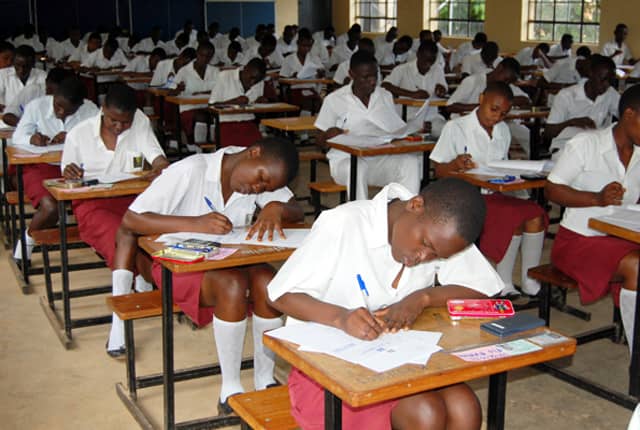
While Uganda’s Universal Primary Education policy led to impressive enrolment rate of 93.5 percent in 2021 as per Uganda’s Bureau of Statistics (Ubos), the country continues to register unwelcoming results of completion of the education cycle in the education sector. Ubos recorded a nine percent net enrolment rate for pre-primary education, a 32 percent primary completion. And according to the Country Office Annual Report 2023 Uganda, 69 percent transition to secondary education.
There are also notable disparities in secondary enrollment, with only eight percent from the poorest quintile enrolled versus 43 percent from the richest quintile. Similarly, only nine percent of children with disabilities enroll in primary and six percent complete it. Additionally, only 45 and 48 percent of children meet the literacy and numeracy requirements, respectively, according to Southern and East Africa Consortium for Monitoring Educational Quality.
The reduction of student completion rates in Uganda is influenced by a range of socio economic , cultural and institutional factors, which are attributed to the struggles that families go through and cannot afford the indirect costs of schooling such uniforms , books lunch despite the Universal Primary education and USE programmes.
These financial barriers are especially impactful in low income and rural communities, leading to early drop out as families priotise work over education for their children. This is further escalated by increased child labour where in economically strained households, children are often needed to work or to help with house hold responsibilities, limiting their ability to consistently attend school but rather engage in informal employment.
Whereas these have affected the completion rates at different levels of education, it should, however, be known that some of the statistics of the student completion at lower secondary and advanced secondary level provided by the Ministry of Education may be contested since students usually explore different paths, especially with opportunities like vocational education.
This ongoing initiative aimed at aligning educational outcomes with labour market needs and has seen increased emphasis on Technical, Vocational Education and Training (TVET) programmes recognising that vocational skills are essential for economic development and youth employment. These vocational training institutions are spread in different regions of Uganda, with engineering, agriculture, catering, tailoring, plumbing courses to mention but a few. These courses are assessed by Uganda Business and Technical Examinations Board (UBTEB), which plays a critical role by offering standardised assessments and certificates and in 2022, the body recorded significant outcomes, highlighting and increase in candidates where in July/August 2022 intake, the body registered 39,036 candidates and in November/ December 2022 intake, 72,247 candidates.
These vocational pro – grammes increasingly serve as alternative pathways for students who may not pursue advanced education. Therefore, as Uganda National Examination Board (Uneb), which is responsible for assessing academic progress in Uganda’s formal education system provides statistics of learners who have completed A-Level, it should be known that these figures cover PLE, lower secondary and upper secondary as given in their mandate. Therefore, such statics should not form a basis to mislead the public on dropout levels in Uganda’s education system. These statistics should be compared with figures from UBTEB, which specialises in vocational, technical and business education assessment of candidate in vocational schools and business colleges.
The Uganda Nurses and Midwives Examination Board (UNMEB), which is responsible for assessing nursing schools for certificate and diploma courses, should also provide an input as completion and dropout rates of learners are being discussed. These bodies would give us a clear picture since their inputs into their education cycle range from primary to lower secondary levels Furthermore, the with current Education Management Information System, the learners information can be easily tracked by the Learners Identification Number, which is a unique identifier and will allow educational authorities to monitor progress from primary to secondary and tertiary levels.
If this information is well utilised, it will enable efficient management of student data across different institutions and academic years and link learners examination results and examinations boards like Uneb ,UBTEB and UNMEB will track results, identity and put a stop to information mix ups, which can mislead the population and policy makers.
Mary Solome Namirembe
marynamirembe735@gmail.com









